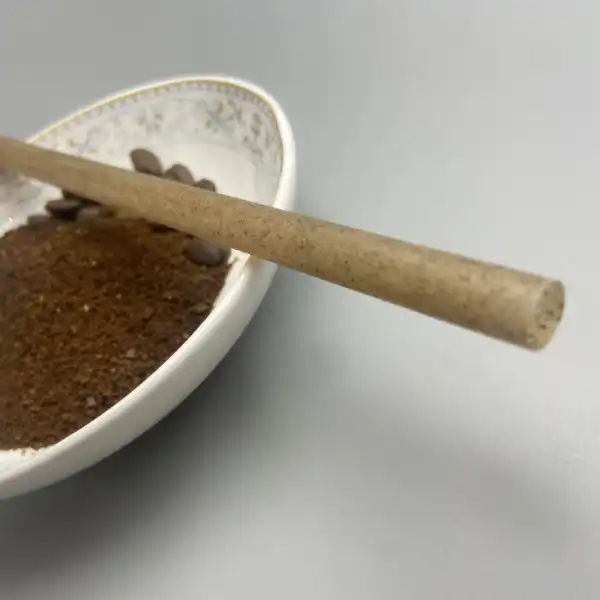
Hey everyone! Did you know that by 2050, there could be more plastic in the ocean than fish? It’s a pretty alarming thought, isn’t it? Plastic pollution is a massive problem, and it’s easy to feel overwhelmed. But, here’s the good news: we can all do something about it. It’s going to take a team effort, and that means individual changes, big changes in how things are made, and pushing for better rules and regulations. Let’s dive in and see how we can tackle this together.
Understanding the Problem
Plastic is everywhere, right? From the packaging of our favorite snacks to the clothes we wear and even in things like chewing gum. It’s become so normal that it’s hard to imagine life without it. But, here’s the thing, reducing our plastic use isn’t just about changing what we do, but how we think about things.
Now, let’s talk about why this is so important. Plastic is having a huge impact on our planet. It’s filling up our oceans, harming marine life, and messing with ecosystems. We’re talking about millions of tons of plastic waste ending up in the ocean every year. What’s more, a lot of the plastic we use is single-use, meaning it gets tossed after just a few minutes, but it can stick around for hundreds of years. Then there are microplastics, tiny pieces of plastic that find their way into our food and water sources, and we’re still learning about all the ways that they might harm us.

Individual Actions: Simple Steps for a Big Impact
So, what can we do about it? Well, a lot actually! One of the biggest things we can do is say “no” to single-use plastics. Things like plastic straws, cutlery, and coffee cups are convenient, but they cause a lot of damage.
Here are some easy ways to ditch those plastics:
- Grab a reusable water bottle and coffee cup. It will save you money and help the planet.
- Keep reusable shopping bags handy. Stash some in your car or by the front door.
- Switch to reusable food containers, glass or metal is best.
- Use reusable produce bags when you buy fruits and veggies.
When you are getting takeout, why not bring your own containers? It’s a great habit to get into.
Now, let’s talk about shopping. When you’re at the grocery store, you can make some changes, like:
- Buying in bulk using your own bags or containers.
- Choosing loose produce instead of pre-packaged items.
- Looking for products with minimal packaging or plastic-free packaging.
- Checking out refill stores.
There are lots of everyday plastic items that you can swap out for better options. For example:
- Bar soap and shampoo bars instead of liquid soap.
- Plastic-free tea bags or loose-leaf tea.
- Natural chewing gum.
- Wooden pegs for hanging laundry instead of plastic ones.
- Plastic-free office supplies.
- Plastic-free pet products.
- Plastic-free laundry detergent, like detergent sheets.
- Alternatives to cling film, like reusable silicone covers.
You can even make your own cleaning products with simple ingredients like vinegar and baking soda. Also, don’t forget to compost your food scraps; it’s another way to reduce waste.
When you do use plastic containers, it’s a good idea to:
- Use metal or glass for food storage.
- Avoid microwaving or dishwashing plastic containers.
- Vacuum and dust your home often to reduce exposure to microplastics.

Beyond Individual Action: Systemic Changes and Policy Advocacy
Okay, so individual changes are important, but we can’t tackle this problem on our own. We need businesses and governments to step up too. Companies need to be responsible about the way they produce and package their products, and they can make a huge impact by reducing plastic in their packaging, production, and distribution.
Extended Producer Responsibility (EPR) is a big deal. It’s about making the companies that produce the stuff also responsible for what happens to it at the end of its life. Governments also need to bring in better rules. Things like the plastic bag charge and Europe’s ban on single-use plastics are a great start. We need more of that. Contact your elected officials and tell them that ocean health matters to you.
A circular economy is what we should be aiming for. It is about “designing out” waste and making sure the materials we use can be reused and turned into new products.
Now, let’s talk about recycling. It’s an important part of the solution but not the only answer. The truth is, a lot of plastic isn’t actually recycled. So, it’s important to focus on reducing plastic at the source rather than just relying on recycling. Also, remember to check what’s recyclable where you live and make sure you are recycling properly.
individually wrapped boba coffee grounds straw 12mm 210mm
Doing a waste audit at home or in the workplace can help to see where you can improve. It’s a way to see how much waste you are producing and what kind of plastic you are using.

Taking Action: What You Can Do Now
Here are some practical things that you can start doing now:
- Prioritize the 5 Rs: Refuse, reduce, reuse, repurpose, and recycle.
- Start a compost for kitchen waste.
- Ditch disposable coffee cups and use your own mugs.
- Remove single-use water cups and switch to refillable bottles.
- Stop using plastic straws and cutlery.
- Set up centralized recycling points instead of individual bins.
- When you are ordering supplies ask for zero-plastic packaging.
There are also lots of ways to get involved:
- Join local cleanups.
- Talk about plastic pollution with your family, friends, and colleagues.
- Share your successes to inspire others.
- Have a plastic-free day at work or in your community.
- Support organizations working on reducing plastic pollution.
- Sign up for alerts to know how you can use your voice.
- Challenge your suppliers about their use of plastic.
- Set targets and goals with your team.
- Create incentives to encourage good habits at home and at work.
Conclusion
Plastic pollution is a serious problem, but it is one we can solve if we work together. We can make a difference by making simple changes, pushing for systemic changes and encouraging others to take action. Don’t forget, we have the power to make a change. Let’s start today and create a healthier planet for future generations!
Frequently Asked Questions
What are microplastics and why are they harmful?
Microplastics are tiny plastic particles that can be found in water, food, and the environment. They pose a threat to marine life and potentially human health.
How can I reduce my plastic consumption at home?
Start by using reusable items like water bottles, shopping bags, and containers. Avoid single-use plastics and opt for products with minimal packaging.
What is a circular economy?
A circular economy is an economic system aimed at eliminating waste and the continual use of resources by reusing, repairing, and recycling materials.
How can businesses contribute to reducing plastic waste?
Businesses can reduce plastic waste by adopting sustainable packaging, implementing recycling programs, and supporting policies that promote environmental responsibility.







